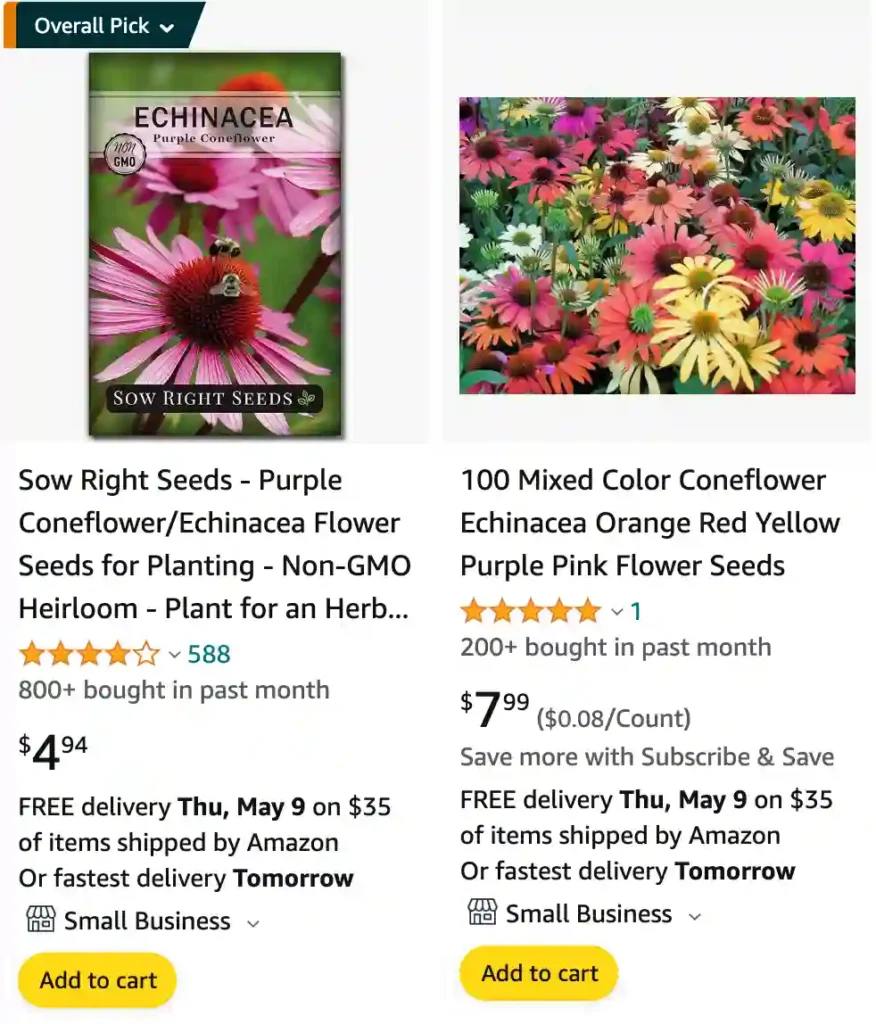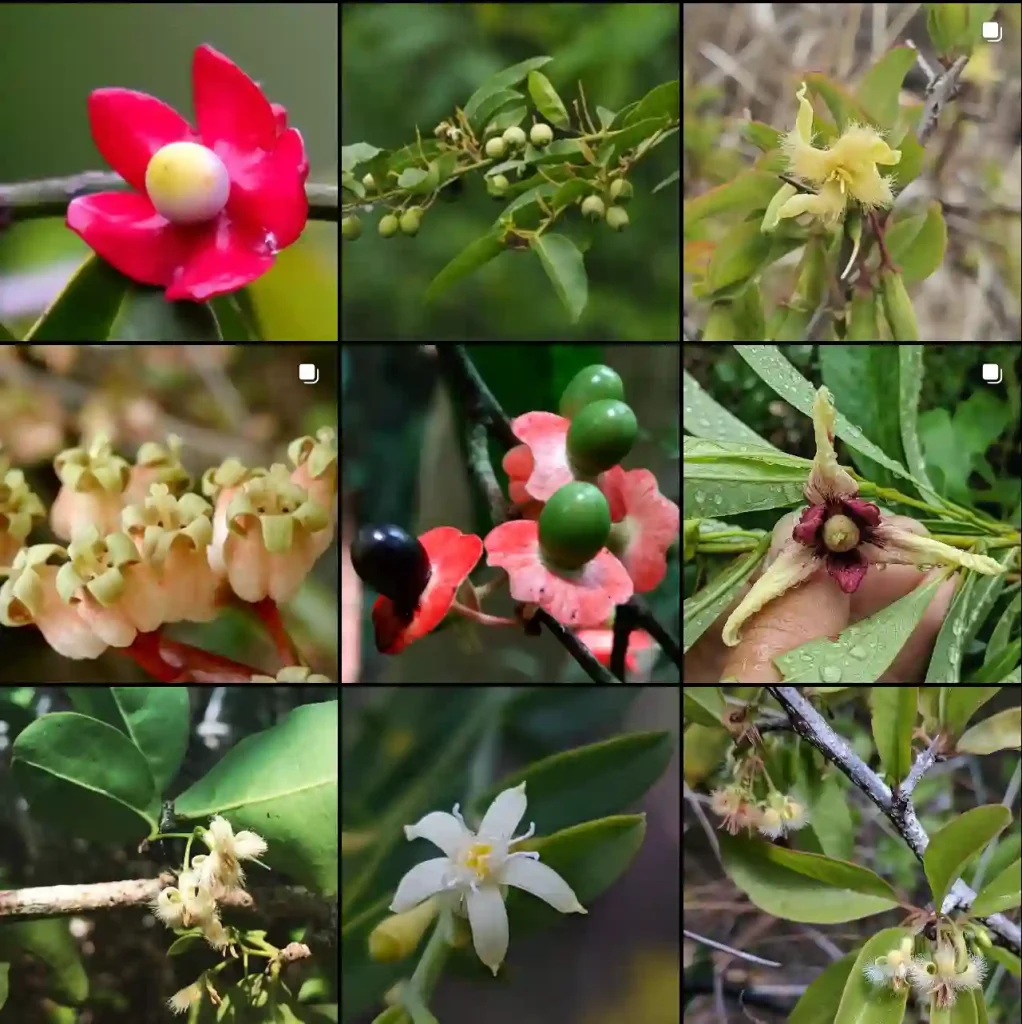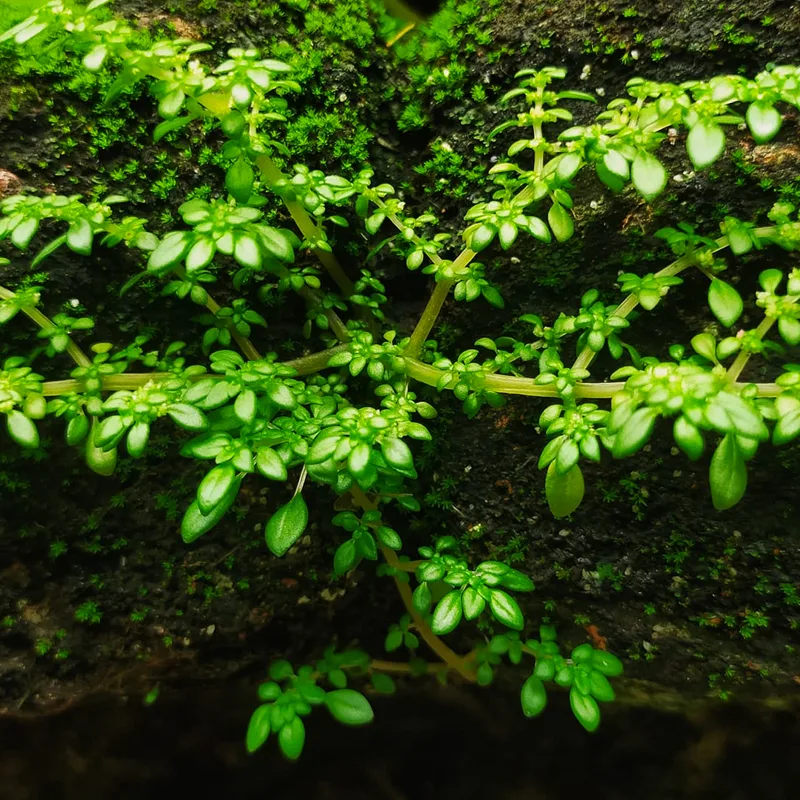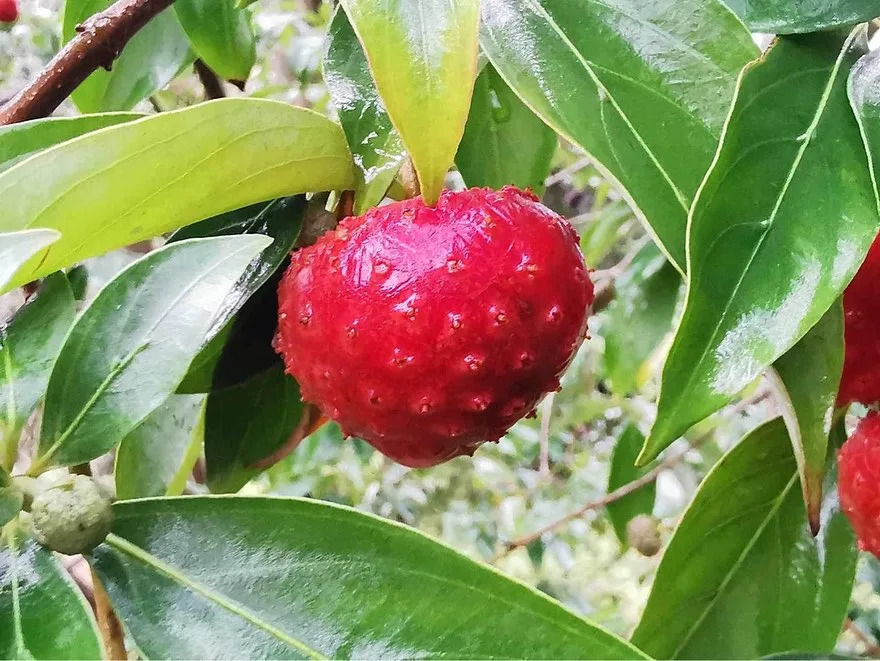
When to plant coneflower seeds?
I usually plant coneflower seeds in the spring, around late April or early May, when the soil has warmed up and there’s no more danger of frost. I’ve found that this timing gives the seeds the best chance to germinate and establish themselves before the heat of summer sets in. I like to scatter the seeds in a sunny spot with well-drained soil, giving them some space to spread out as they grow. It’s always exciting to see the first tiny green shoots emerge from the ground, knowing that soon I’ll have beautiful coneflowers blooming in my garden.
What do coneflower seeds look like?
Coneflower seeds are quite distinctive and easy to recognize once you know what to look for. They’re typically dark brown to black in color and somewhat oblong or oval-shaped, with a slightly pointed tip. When I handle them, they feel a bit rough and textured, almost like fine sandpaper. Each seed is relatively small, about the size of a grain of rice or slightly larger, depending on the variety of coneflower. I remember the first time I saw coneflower seeds up close; their unique appearance fascinated me and made me eager to plant them in my garden.
Do deer eat coneflower?
Yes, deer do have a tendency to eat coneflowers, unfortunately. I’ve experienced this firsthand in my garden. While coneflowers are generally considered deer-resistant due to their tough and slightly fuzzy foliage, hungry deer may still nibble on them, especially during times of food scarcity or when other preferred plants are not available. In my area, deer tend to browse on a variety of plants, including coneflowers, especially in the early morning or late evening. To protect my coneflowers from deer damage, I’ve tried strategies like using deer-resistant plants as companions, installing fencing or barriers, or using deer repellents. However, it’s important to note that deer behavior can vary depending on location and other factors, so what works for one gardener might not work for another.
Does coneflower need full sun?
Yes, coneflowers definitely thrive in full sun. In my experience, they perform best when they receive at least six to eight hours of direct sunlight each day. When planted in a sunny spot, coneflowers produce more vibrant blooms and stronger stems. I’ve noticed that when I’ve tried to grow them in partial shade, they tend to become leggy and produce fewer flowers. So, when selecting a spot for planting coneflowers, I always make sure it’s a sunny location in my garden.
Does coneflower come back every year?
Yes, coneflowers are perennial plants, which means they come back year after year. I’ve found them to be quite reliable in my garden, returning each spring without fail. As long as they’re planted in a suitable location with well-drained soil and receive adequate sunlight, coneflowers can thrive and persist for many years. I love the fact that I only need to plant them once, and then they continue to grace my garden with their beautiful blooms season after season.
How long does coneflower bloom?
In my experience, coneflowers have a relatively long blooming period, typically lasting from early to late summer. Depending on the specific variety and growing conditions, they can start blooming as early as June and continue all the way through September or even into October. I’ve noticed that deadheading spent flowers regularly can encourage coneflowers to produce more blooms and extend their flowering season. Additionally, some newer cultivars have been bred to bloom even longer, providing continuous color in the garden for several months. Overall, I appreciate the extended bloom time of coneflowers, as it adds vibrant color and interest to my garden throughout the summer months.
Is coneflower toxic to dogs?
Yes, coneflowers are considered non-toxic to dogs. In my experience, I’ve never had any issues with my dogs being harmed by coneflowers in my garden. While it’s always important to be cautious with plants around pets, coneflowers are generally safe and shouldn’t cause any harmful effects if ingested in small quantities. However, as with any plant, it’s a good idea to monitor pets and discourage excessive chewing or consumption of any unfamiliar plants to prevent any potential stomach upset. Overall, I feel comfortable having coneflowers in my garden knowing that they pose minimal risk to my furry companions.
Do rabbits eat coneflower?
Yes, rabbits can indeed eat coneflower plants. In my experience, I’ve had instances where rabbits have nibbled on my coneflowers, particularly when other food sources are scarce or during times of high rabbit populations. While coneflowers are not necessarily their preferred food, hungry rabbits may still browse on the foliage and flowers, especially young or tender growth. To protect my coneflowers from rabbit damage, I’ve implemented strategies such as using fencing or barriers, applying repellents, or planting rabbit-resistant companion plants. It’s important to be proactive in deterring rabbits from the garden to prevent damage to valuable plants like coneflowers.
How deep to plant coneflower seeds?
When planting coneflower seeds, I typically sow them at a depth of about 1/4 to 1/2 inch (6 to 12 millimeters) in the soil. I find that this depth allows the seeds to establish good contact with the soil while still being shallow enough for them to germinate successfully. After sowing the seeds, I gently press them into the soil to ensure good soil-seed contact, which helps with germination. Additionally, I make sure to water the area gently after planting to keep the soil consistently moist but not waterlogged until the seeds sprout. Overall, I’ve had success with this planting depth for coneflower seeds in my garden.
How to propagate coneflower?
Propagating coneflowers can be done through several methods, but one of the most common and straightforward ways is by dividing mature plants. In my experience, I usually divide coneflowers in the spring or early fall when they are not actively blooming. To do this, I dig up the entire plant carefully, ensuring I don’t damage the roots. Then, using a sharp knife or garden spade, I divide the clump into smaller sections, making sure each division has both roots and shoots. I replant these divisions in prepared soil, making sure to water them well to help them establish. Another method I’ve tried is collecting and planting seeds from mature coneflowers. After the flowers have faded and dried on the plant, I gather the seeds and sow them directly into the soil in the garden or in containers. I keep the soil consistently moist until the seeds germinate, usually within a few weeks. Both of these methods have been successful for me in propagating coneflowers and expanding their presence in my garden.




